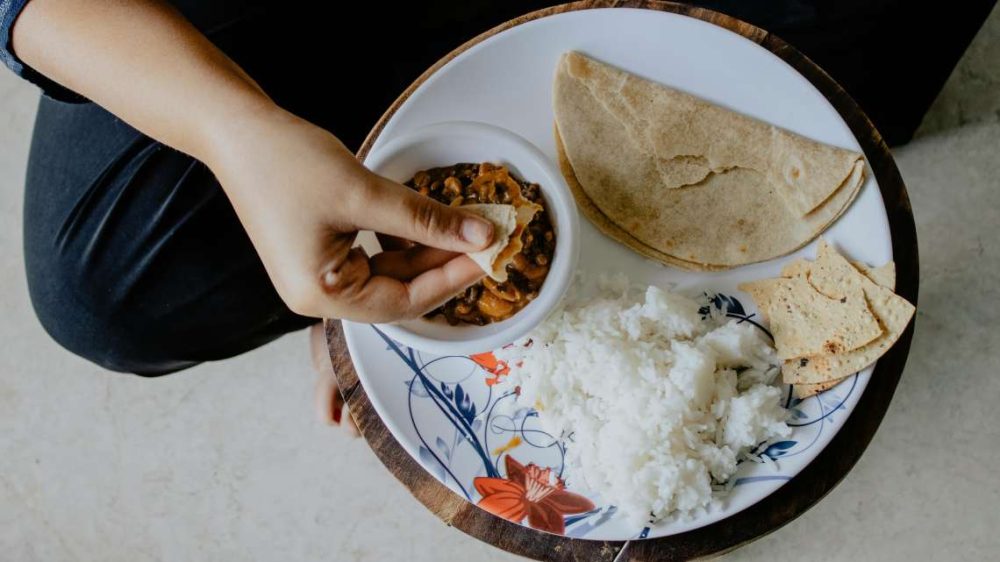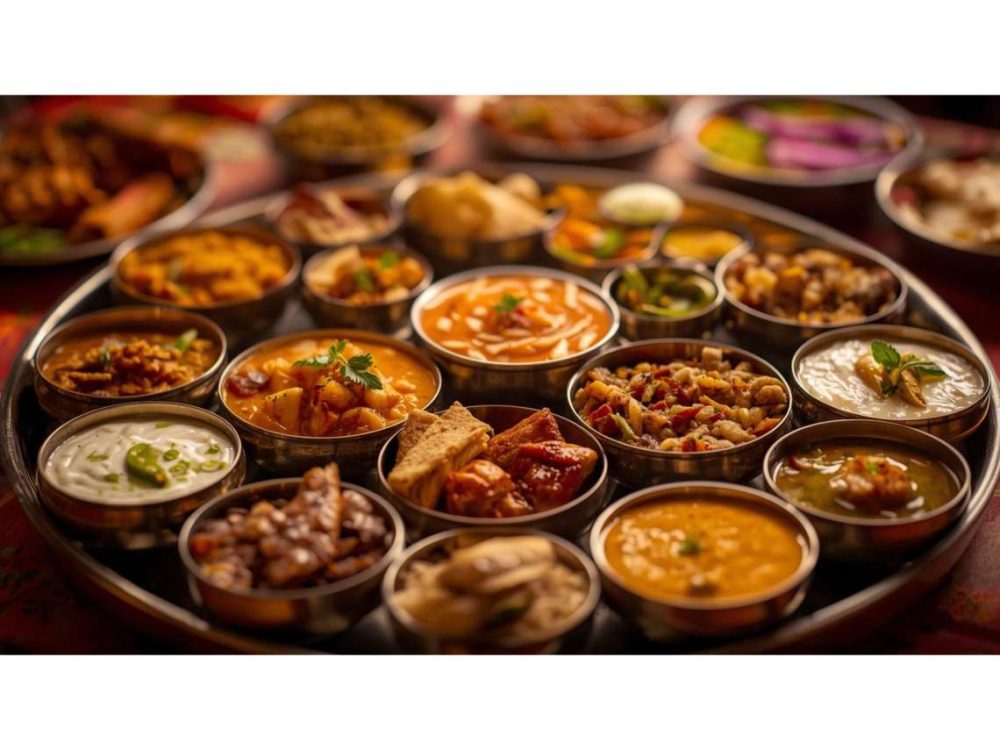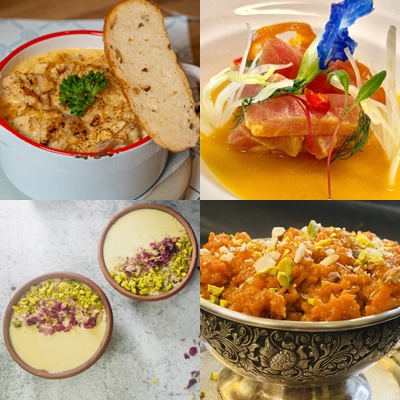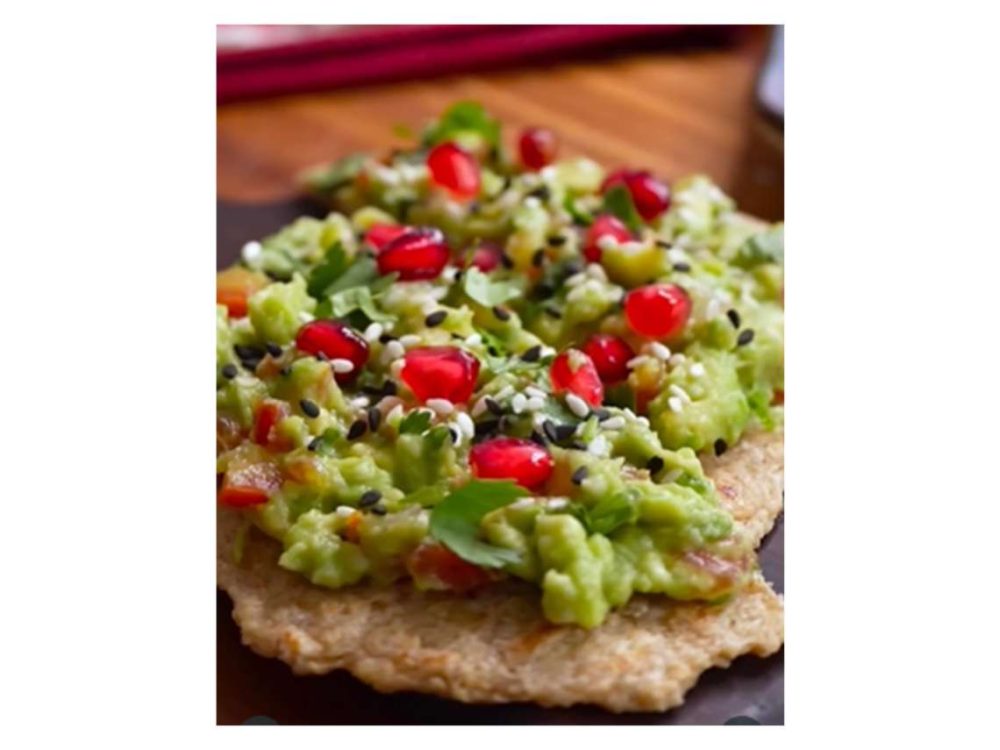To avoid these complications, it is very crucial to maintain good iron intake. The risk of iron deficiency can be reduced by consumption of foods rich in iron…reports Asian Lite News
Iron deficiency, more commonly known as anaemia, occurs when the body is low in red blood cell count. Iron is the most important component used in the creation of red blood cells, which enables them to carry oxygen around the body. Thus, a decline in the iron levels can lead to a number of maladies, which can be life-threatening, if left unchecked, says Rohit Shelatkar, VP at Vitabiotics Ltd and Fitness & Nutrition Expert. Some of the signs and symptoms of iron deficiency include:
Extreme fatigue
Pale skin
Shortness of breath
Cold hands and feet
Dizziness and anxiety
Brittle nails
If this remains unchecked, it can lead to severe complications like heart problems, trouble during pregnancy and growth issues. Iron deficiency in the body can occur due to common causes such as poor diet, heavy blood loss, pregnancy, and the body’s decreased ability to absorb iron.
To avoid these complications, it is very crucial to maintain good iron intake. The risk of iron deficiency can be reduced by consumption of foods rich in iron. There are two types of iron in foods: Heme iron and Nonheme iron, explains Shelatkar . Heme iron is found in meat, poultry, and seafood. Non Heme iron is found in plant foods and foods fortified with iron. Some of the foods that should be consumed include:
Red meat, pork and poultry
Seafood
Eggs
Beans
Dark green leafy vegetables, such as spinach
Dried fruit, such as raisins and apricots
Iron-fortified cereals, breads and pastas
Peas
The body absorbs more iron from meat as opposed to other sources of food. Thus, vegetarians and people who choose not to consume meat may need to increase intake of plant-based foods that are rich in iron, in order to get the same levels of the mineral as one who consumes meat, Shelatkar points out.
The body’s absorption of iron can be boosted by eating foods rich in Vitamin C, in order to achieve the desired levels, as they help the stomach absorb iron from food. Some of the best foods that aid in this process include fruits and vegetables like broccoli, tomatoes, kiwis, oranges, strawberries and peppers.
Other than this, one can use iron supplements. Care must be taken not to overdo it, as there can be unpleasant side effects of consuming too many iron supplements like stomach pain, constipation or
diarrhoea, heartburn and nausea. Slow release capsules or tablets or low dose liquid supplements could be ideal.









